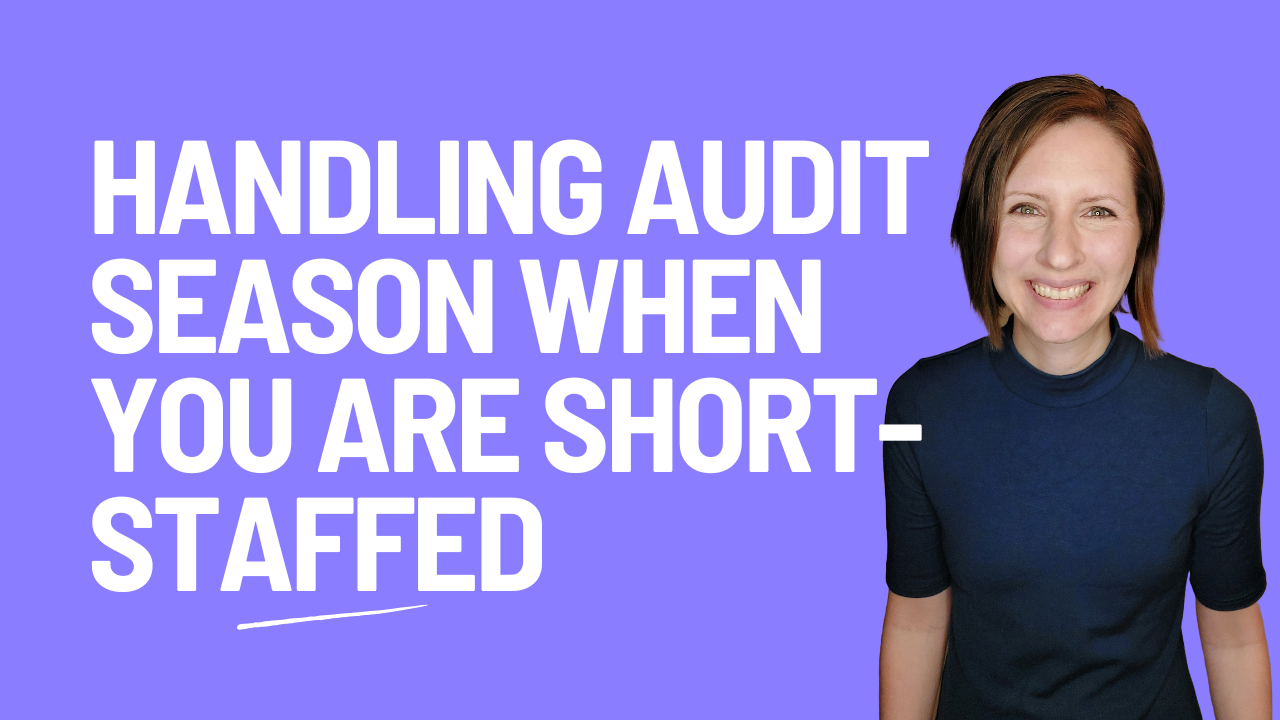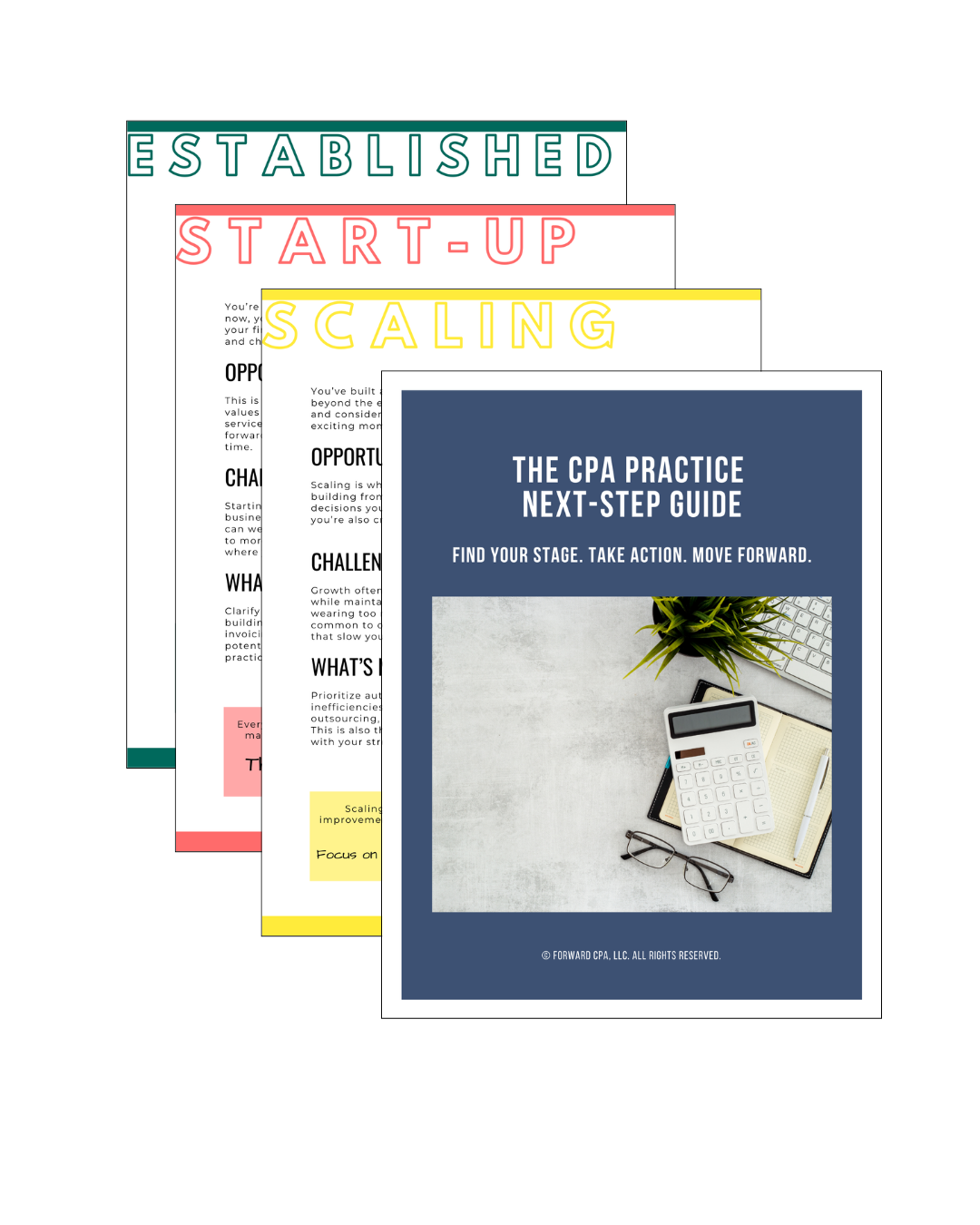How to Evaluate Whether a Government Client is a Good Fit
Jul 15, 2025
If you're a CPA auditing governments, you've probably felt the tension:
“We could take this client… but should we?”
On one hand, there’s demand. Government auditors are in short supply, and your firm may be getting more inquiries than you expected.
On the other hand, not every client is the right fit—especially if you’re trying to protect your time, your team, and your sanity.
Here’s how to evaluate a potential government client before you say yes—so you can focus on the work that aligns with your firm’s strengths and values.
1. Assess Their Accounting Capacity
One of the biggest differentiators between a smooth audit and a stressful one is how much accounting knowledge exists on the client side.
Some clients have CPAs or experienced finance staff. Others are short-staffed, turnover-prone, or completely unfamiliar with fund accounting or audit prep.
✅ Ask:
-
Do they have a CPA or experienced finance director on staff?
-
Have they closed the books and finalized a trial balance before the audit?
-
Do they understand audit terminology and fund accounting basics?
A client without internal capacity isn’t automatically a bad fit—but you’ll want to build in extra time, guidance, and budget.
2. Understand Their Timeline and Responsiveness
Even the most organized audit falls apart if the client is late on document requests, slow to respond, or not aligned on the schedule.
✅ Ask:
-
What’s their deadline for issuing the audit?
-
Have they historically met audit deadlines?
-
Will they respond within a reasonable timeframe during fieldwork?
-
Are they willing to have a kickoff meeting and communicate regularly?
If your schedule is already tight, you may not have the capacity to absorb a slow-moving client without pushing your other work off track.
3. Review Their Past Audit History
Looking at a client’s prior audit can tell you a lot about what you're walking into.
✅ Review:
-
Were there significant findings or material weaknesses?
-
Did the auditor issue a disclaimer or adverse opinion?
-
Were deadlines missed or extensions filed?
-
Has the client switched firms frequently?
A messy history doesn’t mean you should say no—but it may mean you should raise your fees, extend your timeline, or clarify scope upfront.
4. Evaluate Their Recordkeeping and Systems
Some government clients use modern software with audit-friendly exports. Others rely on spreadsheets, outdated systems, or unsupported platforms.
✅ Ask:
-
What software do they use for accounting and payroll?
-
Can they export a detailed general ledger and trial balance?
-
Do they have an organized chart of accounts?
-
Do they track capital assets and grants in real time?
You’ll spend far more time (and review hours) with clients who can’t produce clean reports or organize support without handholding.
5. Consider the Scope and Complexity
Before saying yes, make sure you fully understand what the engagement includes.
✅ Ask:
-
Is this just a financial statement audit—or is it a single audit too?
-
How many funds and departments are involved?
-
Are there component units, new debt issuances, or leases?
-
Will you be drafting the financials and disclosures?
When you understand the full scope, you can staff, price, and schedule the engagement accordingly—or decline if it exceeds your current capacity.
6. Clarify the Fit with Your Firm’s Goals
Just because you can take the client doesn’t mean you should.
✅ Ask Yourself:
-
Is this client in your ideal niche (e.g., school districts, municipalities, special-purpose entities)?
-
Is the size and complexity aligned with what you want to build more of?
-
Do they respect your process and value your expertise—or just need a body to file the report?
-
Would you be proud to list this client as part of your portfolio?
The clients you say yes to today shape the firm you’re building tomorrow.
Final Thoughts: A Good Fit Benefits Everyone
When a client is a good fit, the audit is smoother, communication is better, and value is clearer on both sides.
When they’re not, you feel it in your calendar, your inbox, and your stress levels.
Before you take on a new government engagement, pause.
Ask the right questions. Set the right expectations. And be willing to say no—or price accordingly—when the fit isn’t there.
Your time and expertise are valuable.
Build a client list that reflects that.
Your Next Step Forward
Join the newsletter designed to help CPAs take the next best step in building a practice they love, with practical insights, game-changing tools, and quick wins in every email.
We hate SPAM. We will never sell your information, for any reason.




